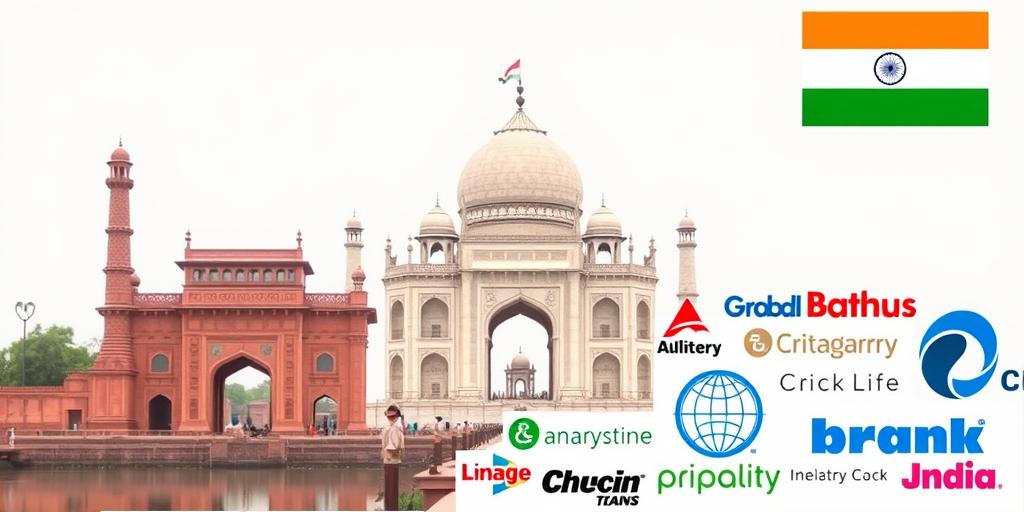Global Brands in India: Strategies for Success in 2025
India, with its massive population and burgeoning middle class, presents a compelling market for global brands. However, success in India requires more than just a global presence; it demands a nuanced understanding of local culture, consumer behavior, and evolving market dynamics. This article explores key strategies that global brands can employ to thrive in the Indian market by 2025.
Understanding the Indian Consumer
The Indian consumer is diverse, with varying preferences, purchasing power, and cultural sensitivities. A one-size-fits-all approach is unlikely to succeed. Brands must:
- Conduct thorough market research: Understand regional differences, consumer needs, and competitive landscapes.
- Segment the market: Identify key consumer segments based on demographics, lifestyle, and purchasing behavior.
- Incorporate local insights: Adapt products, marketing campaigns, and customer service to resonate with local culture and values.
Adapting Products and Services
Global brands often need to adapt their products and services to meet the specific needs and preferences of Indian consumers. This may involve:
- Price optimization: Offering products at competitive price points to cater to price-sensitive consumers.
- Localization: Modifying product features, packaging, and branding to align with local tastes and preferences.
- Developing India-specific products: Creating new products tailored to the unique needs and challenges of the Indian market.
Building a Strong Distribution Network
India’s distribution landscape is complex, with a mix of traditional retail channels, modern retail outlets, and e-commerce platforms. Brands must:
- Leverage traditional retail: Partner with local distributors and retailers to reach a wide range of consumers, especially in rural areas.
- Expand into modern retail: Establish a presence in supermarkets, hypermarkets, and specialty stores in urban areas.
- Embrace e-commerce: Utilize online marketplaces and direct-to-consumer platforms to reach tech-savvy consumers and expand geographic reach.
Embracing Digital Marketing
Digital marketing is crucial for reaching India’s growing online population. Brands should:
- Invest in search engine optimization (SEO): Optimize websites and content for relevant keywords to improve search engine rankings.
- Utilize social media marketing: Engage with consumers on popular social media platforms such as Facebook, Instagram, and YouTube.
- Leverage influencer marketing: Collaborate with local influencers to promote products and services to their followers.
- Implement mobile-first strategies: Optimize marketing campaigns and websites for mobile devices, given the high mobile penetration in India.
Navigating Regulatory Challenges
India’s regulatory environment can be complex and ever-changing. Brands must:
- Stay informed about relevant laws and regulations: Monitor changes in government policies, tax laws, and trade regulations.
- Ensure compliance: Adhere to all applicable laws and regulations to avoid penalties and legal issues.
- Engage with government authorities: Build relationships with government officials and industry associations to advocate for favorable policies.
Case Studies of Successful Global Brands in India
Several global brands have successfully navigated the Indian market by implementing the strategies outlined above. Examples include:
- McDonald’s: Adapted its menu to include vegetarian options and localized flavors.
- Unilever: Developed affordable products and utilized extensive distribution networks to reach rural consumers.
- Samsung: Invested heavily in local manufacturing and marketing to capture a significant share of the smartphone market.
Conclusion
Success for global brands in India by 2025 hinges on a deep understanding of the local market, adaptation of products and services, a robust distribution network, effective digital marketing, and proactive navigation of regulatory challenges. By embracing these strategies, global brands can unlock the immense potential of the Indian market and achieve sustainable growth.
